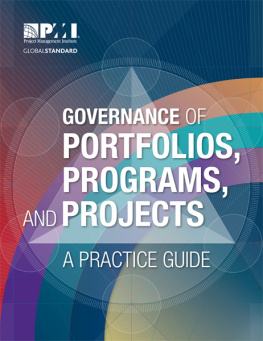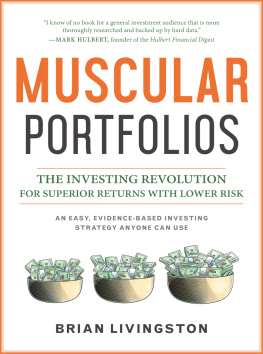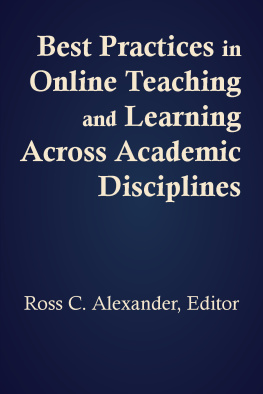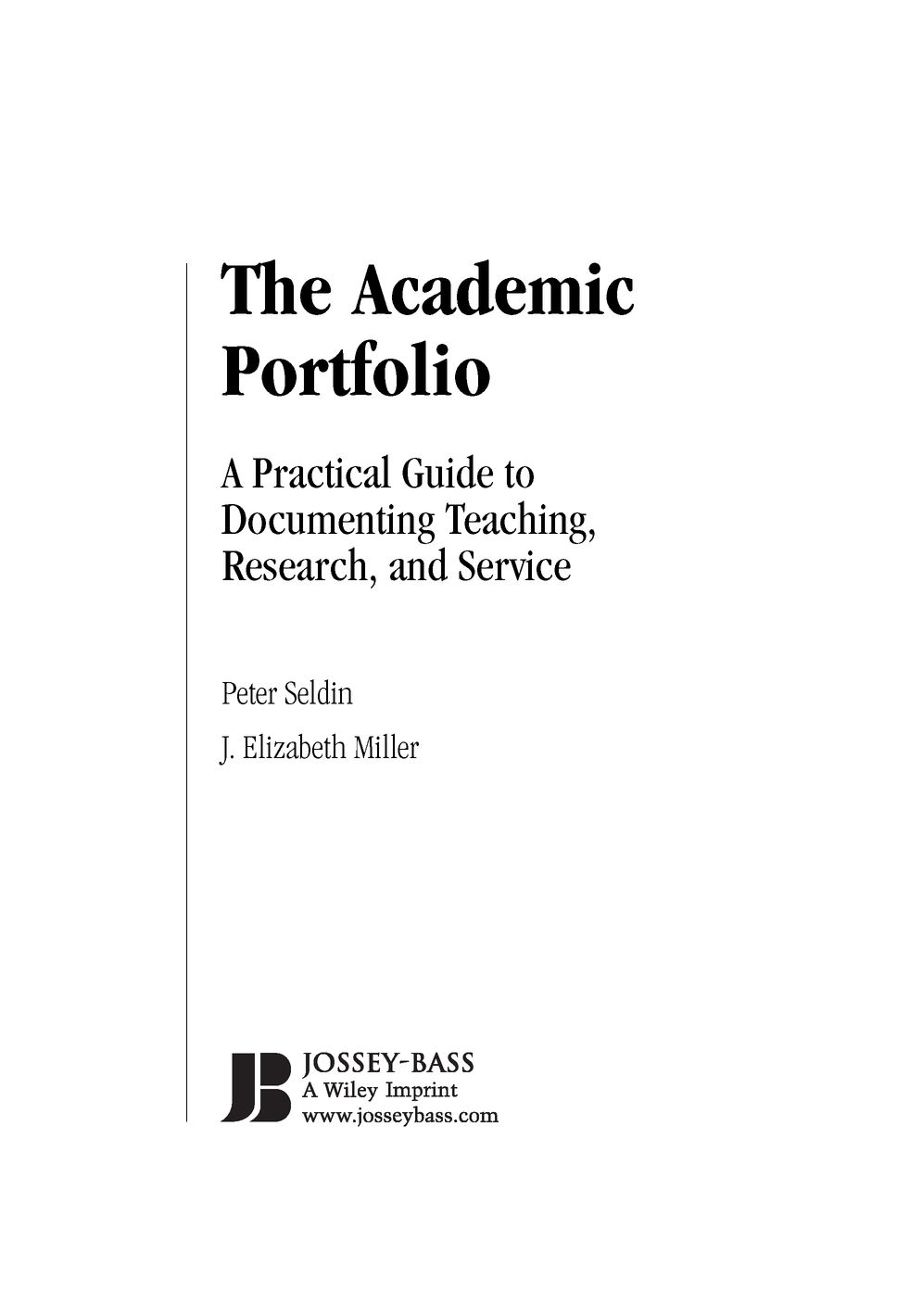Table of Contents
The Jossey-Bass
Higher and Adult Education Series
Preface
An important change is taking place in higher education: faculty are being held accountableas never beforefor how well they do their jobs. Current interest in appraising faculty performance grows out of the demand by government, the general public, and accrediting agencies for more accountability.
Reflective and deep information on teaching, research and scholarship, and serviceand how those three legs of academic work fit togetherhas been skimpy at best. The result has been that the general and routine approach to evaluating faculty performance has often relied on student ratings, a testimonial letter or two, and lists of publications, presentations, and college or university committees on which the faculty member served.
The focus has been on the what, not the why or the how. Thoughtful reflection and context were not built into the evaluation system. And neither was an explanation of the significance of the professors work, an especially important omission when promotion and tenure committee members are not in the same discipline as the professor and have difficulty understanding the nature of the professors research and scholarship and its value.
Unless the faculty member developed a teaching portfolio, little or no attention was paid to this persons teaching philosophy and methodology. But even if he or she did develop a teaching portfolio, it focused on only one leg of the three-legged stool of faculty work. Nothing was said about the nature of the professors research and scholarship, the significance of selected publications, the context of his or her work, his or her most noteworthy accomplishments, and role on institutional committees. And nothing was said about the integration of the three legs of faculty work or about how one leg informs the others.
The best way the writers know to get at the individuality and complexity of faculty work is the academic portfolio, a careful gathering of documents and material highlighting the professors performance and suggesting its scope and quality. Importantly, it is based on depthful reflection and provides the why and the how, not just the what. It can be used to present the hard evidence on teaching, research and scholarship, and service effectiveness. It is flexible enough to be used for personnel decisions and provide the stimulus and structure for self-reflection about areas of faculty performance in need of improvement.
The academic portfolio concept has gone well beyond the point of theoretical possibility. Today it is being adopted or pilot-tested in various forms by an increasing number of institutions. Among the current users or experimenters with portfolios are Jackson State (Mississippi), Texas A&M University, Texas Christian University, University of Alabama at Birmingham, Drexel University (Pennsylvania), the New School (New York), and Loyola College in Maryland. Significantly, among the users or experimenters with portfolios today are institutions of every size, shape, and mission.
This book focuses squarely on academic portfolios, which may prove to be the most innovative and promising faculty evaluation and development technique in years. It identifies key issues, red-flag warnings, and benchmarks for success. It describes the what, why, and how to develop academic portfolios and includes an extensively tested, step-by-step approach to create a portfolio. It lists twenty-one possible portfolio items covering teaching, research and scholarship, and service from which faculty choose the ones personally most relevant.
The portfolio template included in this book is the result of extensive research. More than two hundred faculty members and department chairs from across disciplines and institutions (large and small, public and private) provided suggestions and recommendations as to its content. The result is a comprehensive portfolio template that can easily be adapted to individual faculty and department needs. The motto, Adapt, rather than adopt, applies here.
The thrust of this book is unique:
It provides time-tested strategies and proven advice for getting started with portfolios.
It outlines key issues, red-flag dangers, and benchmarks for success.
It discusses the portfolio as a way of documenting faculty performance.
It includes specific guiding questions to consider as prompts when preparing every section of the portfolio.
It spells out important points to consider in evaluating portfolios.
It offers eighteen model academic portfolios from across disciplines and institutions, ranging from small liberal arts colleges to research universities. For balance, the portfolio contributors are at different points in their career trajectories.
In short, The Academic Portfolio offers colleges and university administrators and faculty the kind of research-based, ready-to-use information required to foster the most effective use of portfolios.
It is written for faculty members, department chairs, deans, and members of promotion and tenure committees. They are the essential partners in developing successful academic portfolio programs. Graduate students, especially those planning careers as faculty members, will find the book useful. The language used is straightforward and nontechnical.
Chapter One discusses the academic portfolio concept; how it includes the scope, quality, context, and significance of a professors achievements; why the content depends on the purpose for which it is to be used; how it is based on structured reflection, thoughtfully selected information on teaching, research and scholarship, and service activities that portray an appropriate balance of professional activities; and that it provides solid evidence of their effectiveness.
Chapter Two describes the many possibilities from which the faculty member can select portfolio items relevant to his or her academic situation, discusses the factors to consider in choosing items, outlines the five main categories of the narrative (the preface, independent sections on teaching, research and scholarship, and service, and a section on integrating professional work and goals), provides suggestions as to the length of each category, presents a detailed table of contents, and includes nearly one hundred prompt questions to guide the preparation of each part of the portfolio.
Chapter Three examines in important detail the four cornerstones of successful academic portfolio programs: the value of self-reflection, the importance of collaboration, the vital need to discuss expectations, and how to gain acceptance of the concept.
It offers practical advice and takes a hard look at what works and what does not.
Chapter Four presents a list of specific helpful suggestions to faculty members who prepare their portfolios. Among others, the detailed recommendations include housing the portfolio in a binder with tabs; including specific information, not generalities; explaining the evidence; enhancing the narrative section; limiting the number of student and faculty colleague comments; and revising the portfolio every year.
Chapter Five spells out how to evaluate academic portfolios for personnel decisions, what should be evaluated, and how it should be done; discusses the key requirements of acceptability, practicality, and relevance; and outlines the crucial differences between strong and weak portfolios. It also provides practical advice: a nineteen-point suggested checklist of items for evaluating academic portfolios that emerged from discussions with more than 150 members of personnel committees at different colleges and universities.











